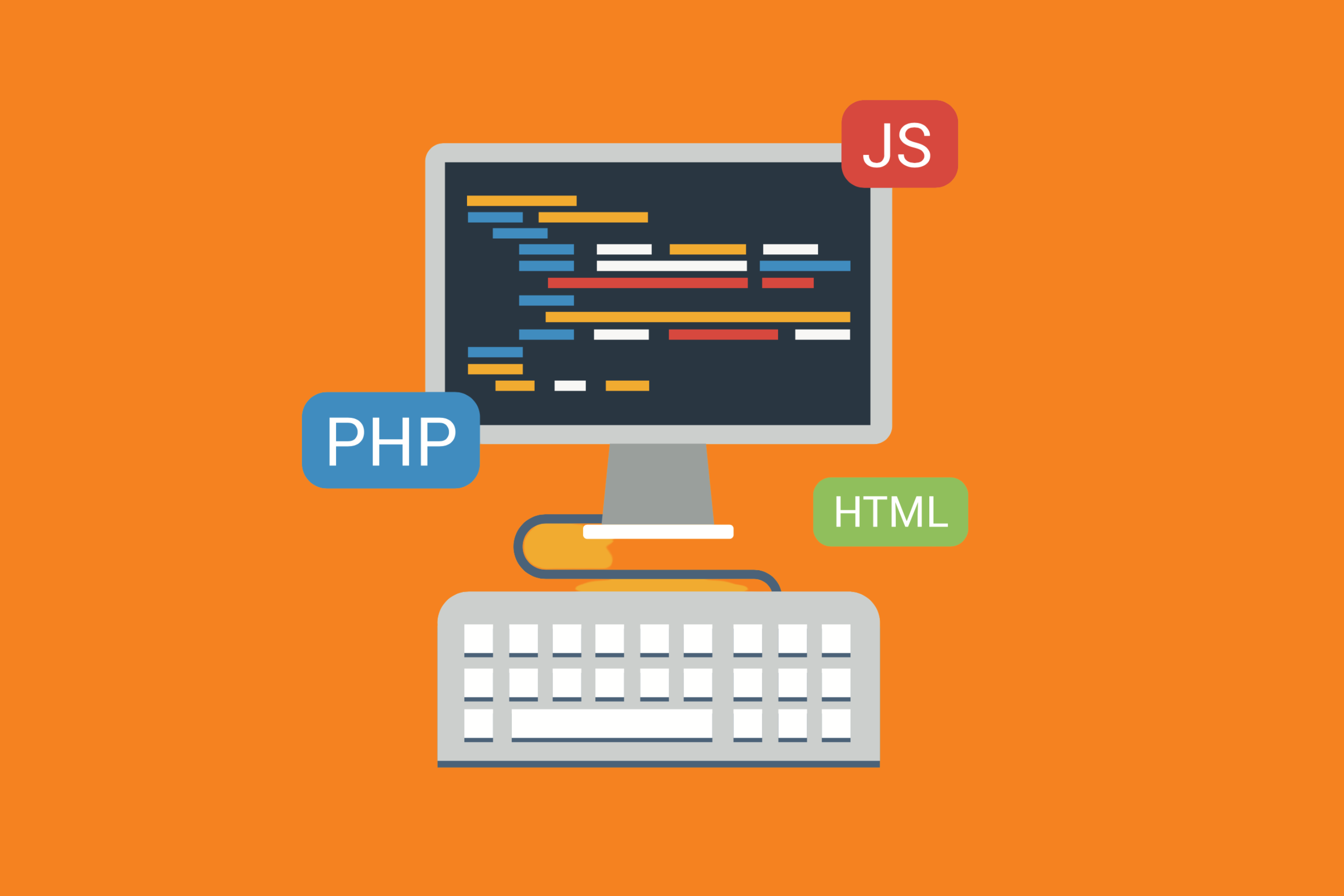If you are a data scientist, you may wonder if Git is a helpful tool for your projects. The answer is yes!
Git can be very useful for teams that use or follow a software development framework where Git’s version control can make the development workflow quick and more easily adaptable when changes arise. You can even use Git quite easily in conjunction with project management software such as Jira (via one of our handy plugins for GitHub, Git, GitLab, Bitbucket, and more.

The Benefits of using Git for Data Science
There are many benefits to utilizing platforms like Git, including:
- Keeping an archive of project versions. Git keeps track of changes (commits) and, most importantly, keeps a record of all of your commits, making it easy to go back to previous versions at any time.
- Allowing for collaboration among co-authors. Collaborators can edit and work on the same project at the same time. It treats each line as separate, allowing users to work on various pieces simultaneously and, even if you are editing the same line, Git will resolve conflicting edits for you.
- Providing transparency around who made what changes (and when). Git is designed to keep track of changes so that you and your collaborators can see everything in real-time.
- Having the ability to comment on changes. If changes are made, you can comment on them right in Git to clarify choices and direction.
There are other benefits of using Git that may go beyond your own individual project as well. For example, when you use the platforms, you can contribute to other open-source projects and make your own project open-source so that others can contribute.
Structuring Your Data Science Project
Once you’ve decided to use Git for your data science project, you’ll want to structure it appropriately.
It’s a good idea to keep a log of your experiments and to do so using an external system. This will allow you to continue your flow when taking on a new direction. You can also consider each experiment a git commit. This allows for effortless reproduction and the added benefit of getting all the context related to an experiment. If you combine it with data versioning tools, you will also be able to accept data contributions. All of this can be done in a collaborative process where many people can work simultaneously together.
Git allows data scientists to consolidate their project files, models, and data in one place, centralizing their approach. Review tools simplify contributing to, checking, and discussing changes as the project plays out. Git also makes it easy to reproduce and reuse work from previous projects, meaning, once you have a structure you prefer, it’s simple to replicate it into a brand new project.
Git Commands for Data Scientists
You don’t need to be an expert on Git to utilize its usefulness in data science projects. And, as the tool is widely used, there are many online resources to help you find the commands you need to do your work.
However, there are a few helpful commands that will get you started:
git init allows a user to create an empty Git repository ready for files.
git add enables a user to add files from the local directory.
git status allows a user to check the status of a repository and gives details on commit status and files to be added.
git commit allows a user to record changes made to the files in a repository. Each commit is given a unique identification number. Ideally, a user should add a commit message alongside each commit to explain the reasoning behind changes.
git push allows a user to upload (or “push”) committed changes to the repository.
git pull allows a user to get (or “pull”) new changes from the repository.
git branch allows a user to create/delete a branch.
git merge allows a user to combine different branch changes.
Git and Github
When it comes to choosing a platform for your data science project, you may not be sure if you need to use Git or Github.
Git allows users to track code changes and helps teams manage multiple people who may work on the code simultaneously. It’s the most widely used version control system.
Github is the service that hosts the copy of a project. This copy is hosted in the cloud to help collaborators share changes. It also provides an easy-to-navigate interface to review changes and provides a system for issue tracking that can host conversations about the project at hand.
Conclusion
More and more, Git is getting used within data science projects. By looking at its advantages as a platform and taking the time to structure your approach, you’ll be able to get the most out of Git while covering your data science needs.
Do you use Git for your data science project and need to merge it with Jira to centralize your project management communications? We have an app for that. Try our apps for GitHub, Git, GitLab, Bitbucket, Gitea, and Beanstalk – all of which allow for easy integration with Jira! Contact us for a free demo.
Want more Bitband insights? Check out:





